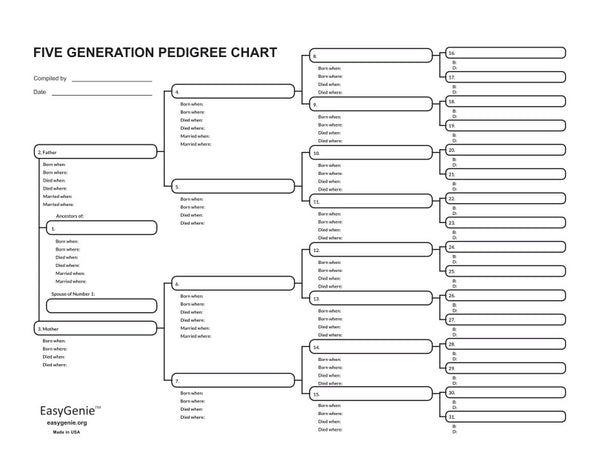
Cider and Apple Jack: An American tradition
Ian LamontIt's autumn, the traditional time for harvesting apples here in New England. Making cider at home is a very old American tradition, as shown in the 1868 painting above ("New Cider" by Thomas Waterman Wood at the Brooklyn Museum).
My grandfather, who passed away 35 years ago, came of age during Prohibition in farming country in western New York. The people there were not only skilled at procuring alcohol from north of the border in nearby Canada, they were also skilled at making it. Lots of people brewed beer or cider for underground sale or home consumption ... and sometimes made harder stuff, too.
"Apple Jack" was one type of home brew popular among the Irish and Scots immigrants and their descendants. My grandfather's method involved taking a casket of hard cider, and putting it out in the barn on a really cold night. The water would freeze around the outer edge of the casket, but the liquid in the center - concentrated cider with a much higher alcohol content - could be tapped and extracted.

It was an old practice, one that dated to Colonial times:
Apple cider and cider spirits were a daily part of colonial life. Colonists often started their day with a swig of applejack, and preferred hard cider breaks to coffee breaks, the latter being too expensive an indulgence. Workers took a pull of cider from a jug before heading into the fields.
Did your father or grandfather use recipes or brews that were passed down through the generations? We had an Italian neighbor who brewed wine in his cellar, and have heard of bathtub stills. Nowadays, there are kits you can buy online for beer and cider.







